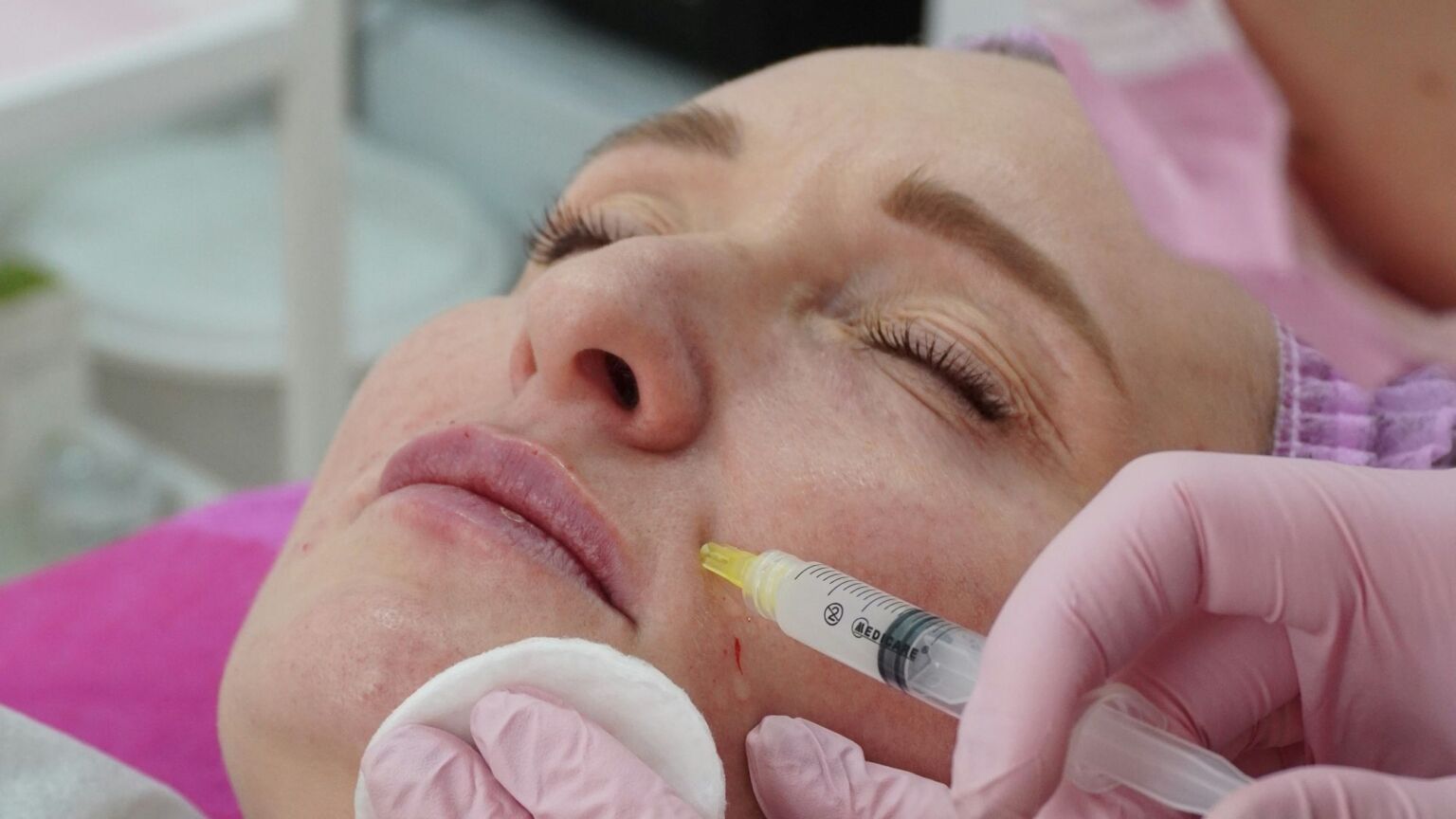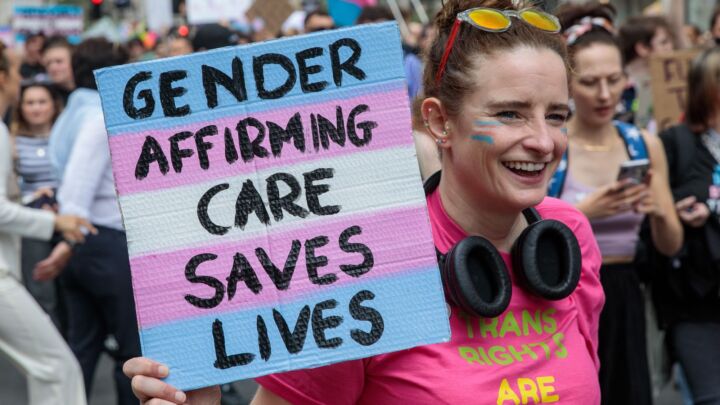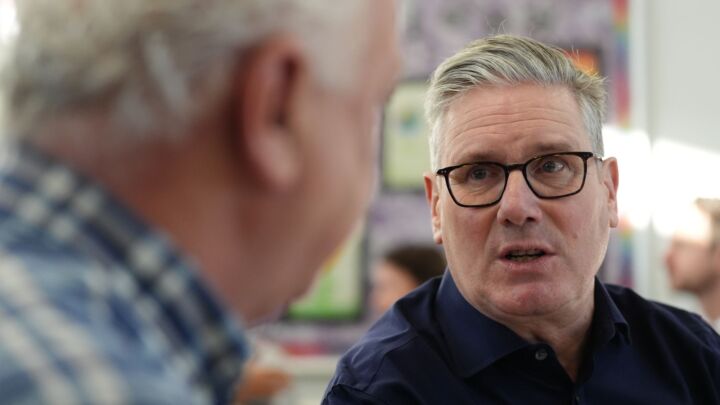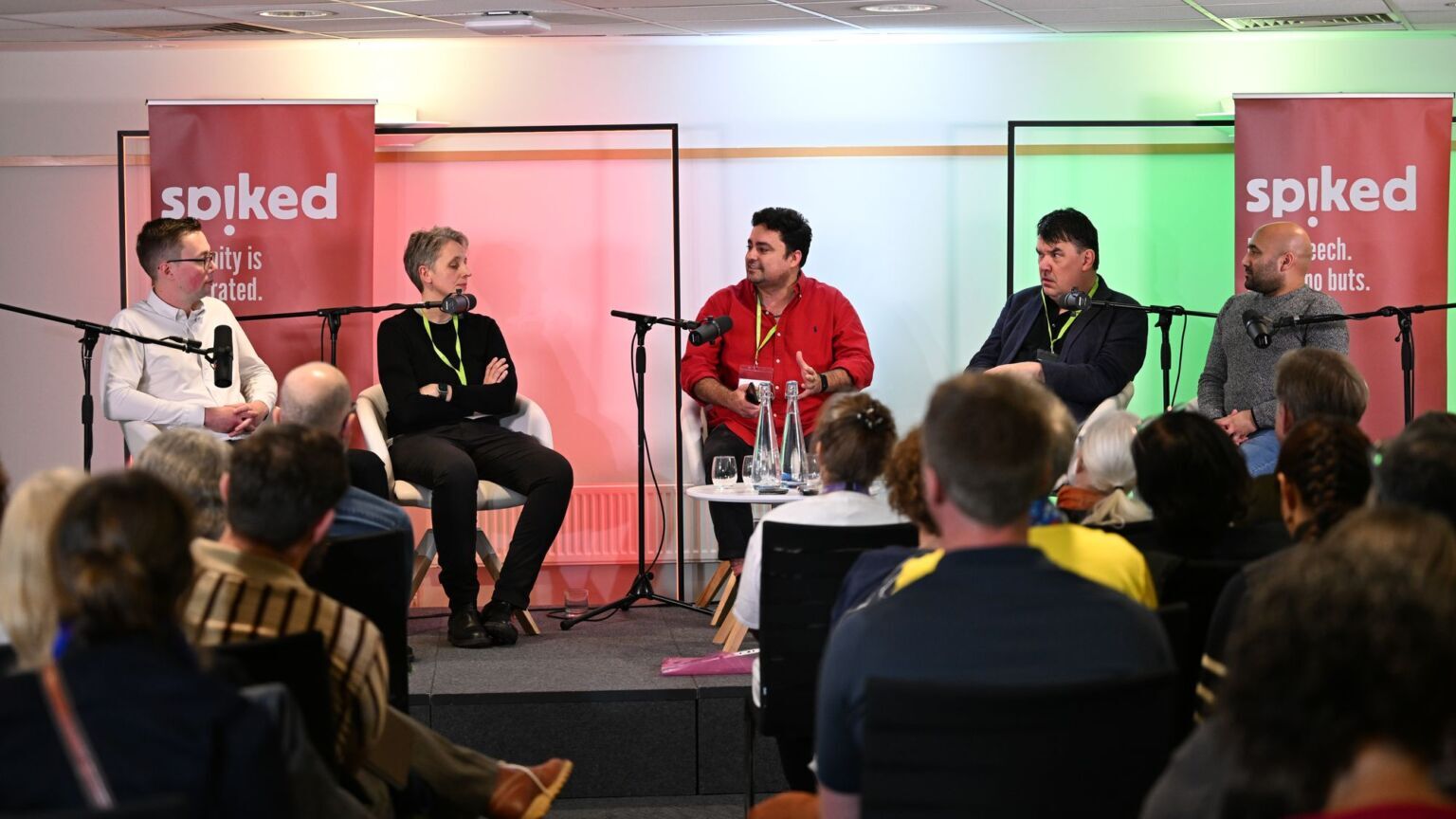The ugly truth about botox
The unstoppable rise of cosmetic ‘tweakments’ speaks to our vain, narcissistic age.

Want unlimited, ad-free access? Become a spiked supporter.
As the tide of botox sweeps across the UK, it feels like I’ll be the last woman standing. I am silicone-, collagen- and botox-free. I don’t dabble in platelet-rich plasma therapy or microneedling. To the despair of my friends, I don’t even do laser facials. (Call me old-fashioned, but there must be a reason for the upper layer of the epidermis, and I don’t particularly want it sandblasted off.)
Remember when cosmetic surgery was something only ageing Hollywood actresses did? Those brutal procedures involving scalpels, bandages, scars under the ear and freakish wind-tunnel faces? Now, the vast cosmetics industry has a fix for every inch of your body, from laser facials to liposuction, eyelid surgery to labiaplasty, breast augmentation to butt lifts. And nothing is more popular than botulinum toxin, the protein and neurotoxin produced by the bacteria clostridium botulinum.
Botox, which works by temporarily paralysing certain muscles, has been prevalent in the media industry for many years now. What surprises me is how widespread it has become in civilian life. I’m used to the female TV colleague who gets so much filler in her chin that she can barely move her mouth. But why are my middle-aged friends suddenly addicted to tweakments, too? Every day at the school gate, I meet mums whose botox budget comes out of their Universal Credit. These injections are part of their regular beauty routine, along with gel manicures, hair extensions and fake tan. Botox is considered as normal as a haircut used to be.
Clearly, the heavily filtered internet age has increased the pressure on us all to look perfect and poreless. But can’t we tell the difference between an airbrushed image online and what human beings actually look like? Bette Davis was right to point out that ‘old age is no place for sissies’. It can be confronting to look in the mirror and see your mother or father’s face staring back at you. But you don’t get to stop the clock. How did we get so afraid of a few lines and wrinkles?
Botox doesn’t fool anyone. Have you ever looked at an over-botoxed woman in her fifties, with the frozen forehead and trout pout, and thought that she looked young and fresh and sexy? You can freeze your face muscles as much as you like, but the rest of the body still ages. Then you’re stuck with the ‘Madonna effect’: a smooth, unlined face with the hands and neck of a pensioner. There is nothing wrong with a sagging neck, veined hands and age spots, they just don’t go with a supertight botox face.
What message are we sending to young people with these miracle jabs? Media personalities like the Kardashians and the Hadids are almost unrecognisable from their teenage years. If young women are told to fear all fine lines or wrinkles, it’s no wonder they start injecting their faces from the age of 19 or 20. They’re made to feel there’s something fundamentally shameful about getting older.
When I wrote my book, The Ministry of Thin, in 2013, we were on the cusp of a brave feminist backlash against the obsession with female perfection. Fake boobs, plastic faces, starvation diets – the tide was turning on this nonsense. But botox has gone in the opposite direction: the use of facial injectables increased a whopping 7,000 per cent between 1997 and 2016. The global botox market, valued at around $11 billion dollars in 2023, is predicted to nearly double by 2030. I’m not sure where all that female courage went, but when it comes to injectables, it feels like we’re back to square one.
When it comes to safety, it’s back to the 19th century. I could be a licenced botox practitioner in one to two days. A certification course costs around £795. By the weekend I could be hosting botox parties, where young women get together, drink Prosecco and get their three areas injected: forehead, frown lines and crow’s feet. No medical training or experience necessary. I can’t say I want anyone injecting my face with only a day’s training.
Unsurprisingly, the UK now has a growing problem with fake botox. Recent instances of botulism poisoning, with 41 cases this summer alone, have been linked to the use of unlicenced ‘botox-like’ products. These concerns have led the UK government to vow a crackdown on ‘cowboy clinics’, but it will still be at least several years until any regulations come into effect.
Have I ever considered botox? Yes. It’s not easy getting older au naturel, but the alternative seems worse. I won’t be going under the syringe any time soon. And you can stay away from me with your salmon-sperm facials and vampire facelifts (where your own blood is injected back into your skin). There’s something sad about the homogenous modern look – devoid of character, blank of expression. Remember the skin of your grandmother, the wisdom and life etched into her face? Imagine erasing those marks of laughter and sorrow.
I may be the last woman standing up to botox and will surely be the wrinkliest 90-year-old in the graveyard, but that’s okay with me.
Emma Woolf is an author, presenter and political commentator.
You’ve read 3 free articles this month.
Support spiked and get unlimited access.
Help us hit our 1% target
spiked is funded by readers like you. It’s your generosity that keeps us fearless and independent.
Only 0.1% of our regular readers currently support spiked. If just 1% gave, we could grow our team – and step up the fight for free speech and democracy right when it matters most.
Join today from £5/month (£50/year) and get unlimited, ad-free access, bonus content, exclusive events and more – all while helping to keep spiked saying the unsayable.
Monthly support makes the biggest difference. Thank you.








Comments
Want to join the conversation?
Only spiked supporters and patrons, who donate regularly to us, can comment on our articles.